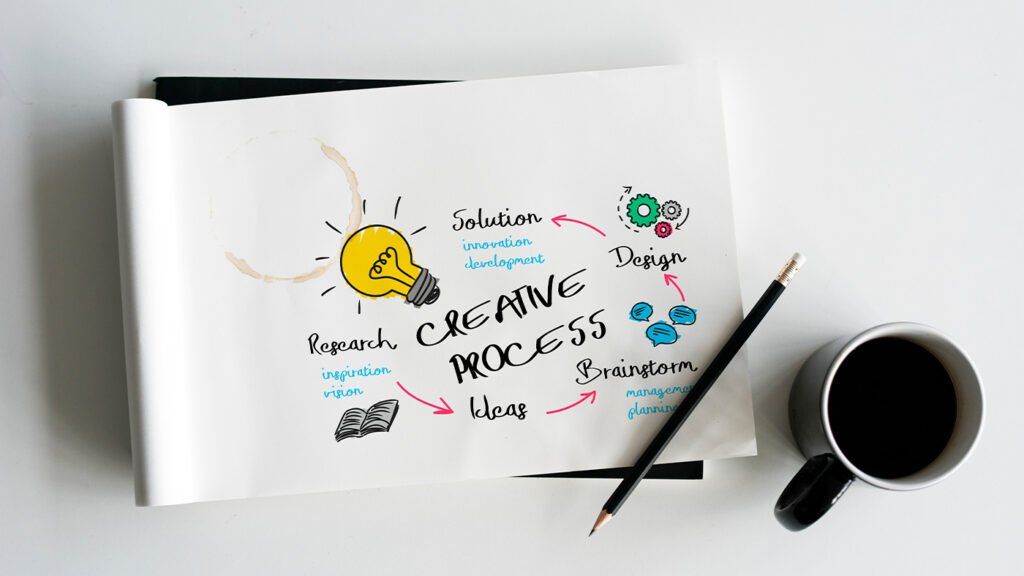
Disruptive technologies, changing customer behavior, and shifting economic and political winds have led to complex challenges requiring innovative, nimble solutions that are not business-as-usual. To discover these new opportunities and reshape digital transformation, many companies have turned from traditional analytical thinking to design thinking. This method only considers a solution upfront but examines both present and future conditions and parameters of the problem, ultimately exploring alternative solutions.
For the past century, analytical thinking has helped solve the complicated problems that arose from the Industrial Revolution. These challenges were predictable, linear, and well-defined, typically occurring over a long period. On the other hand, today’s quick-shifting digital world is rife with unpredictable, non-linear, chaotic, ill-defined complexities and short timeframes. This requires a vastly different approach.
Design thinking may be powerful, but even businesses implementing it fail at transformation. As many companies have discovered, design thinking isn’t a magic baton that makes enterprise-wide transformation succeed. “When diverse challenges confront businesses with multiple possible solutions, design thinking can be constructive. It can define the right problem and offer a wider range of potential solutions that meet user needs and encourage adoption.”
Design thinking must be deployed by experienced hands to ensure that the user perspective is considered from the beginning. That’s where the proper framework comes in, with a methodology to help solve complex problems across the enterprise.
“The good news is, you don’t have to be a designer to think like one. “Design thinking is not about visual design; it’s about user experience design. It starts with identifying areas for innovation and generating fresh ideas.”
Fundamentally, design thinking means designing an experience that ensures effective human interaction with a product or service — a good user experience will meet or exceed the expressed needs of the user. “It’s vital to create a seamless merging between digital and physical processes, as well as cohesive follow-through and support,”
But if transformation is as simple as implementing a design thinking approach, why aren’t more businesses reporting success? One thorny challenge is that companies need to improve design thinking when they view problems through the wrong lens. This might be organizational, technological, or data-driven.
“Instead, they need to adapt to a more unfamiliar mindset that starts with empathy for the user and combines those insights with what’s technologically feasible and economically viable. ” “It’s people and their experiences that drive business change.”
However, businesses rely on data as the critical input, believing that a problem lies with a piece of equipment, system, or process, without thinking about who is operating, managing, and using those systems.
With a human-centered approach, businesses can minimize the uncertainty and risk that innovation often brings:
“Design thinking is just a buzzword unless it’s used to focus on the right problem first and deliver meaningful, highly functional solutions supported by traditional business metrics.”
Another reason business transformation can fail is because different parts of an organization need to work together cohesively. It takes strong collaboration to identify the cause of a problem and develop a successful solution. With contradictory motivations and agendas at play, this can sometimes be impossible. Design thinking eradicates this problem by providing everyone with a shared communication framework: “With a common language and business goal, design and technology requirements can be aligned much more easily.”
Today’s business environment is rapidly changing, with various new competitive forces coming from all sides. Even business models themselves are being upended. The digital world that customers, employees, and companies inhabit today requires radical changes in the business world so that innovation can thrive.
That is where design thinking comes in: It has become a fundamental tool that, if implemented within the proper framework, with the right hands on deck, through the right lens, can offer powerful transformational opportunities for the entire corporate culture to leverage. In the ever-evolving age of the powerful customer, these efforts must be a top priority.